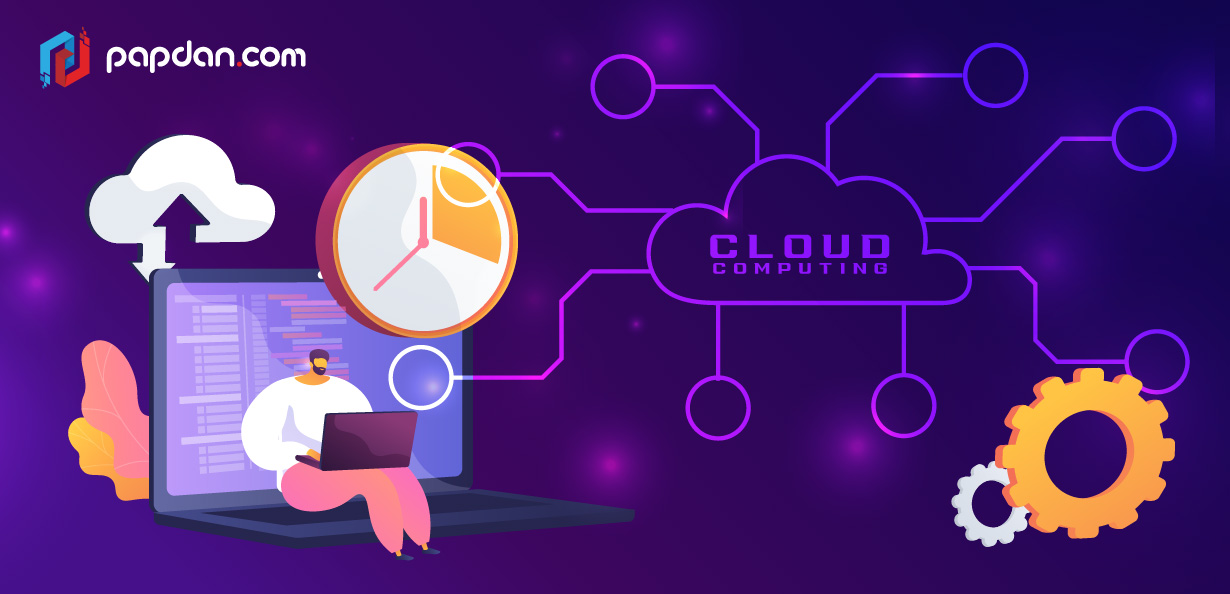In the IT business, cloud computing is already a prominent topic. However, in the field of web development, it has grown in popularity as the cloud has enabled developers to replace large servers with the cloud in the form of serverless architecture. As a result, many Melbourne web developers have begun to optimise cloud computing.
Cloud computing is rapidly gaining traction, and it has various advantages over traditional computing approaches. Migrating to the cloud, for example, may save companies money by decreasing the need for on-premises infrastructure and software. Furthermore, cloud services may be scaled up or down as needed, making them an excellent choice for enterprises that encounter seasonal traffic swings. As this trend grows, it’s critical for company owners to be educated about new cloud computing developments so they can prepare their companies properly.
The top 5 trends that will shape the future of cloud computing in 2022 are described below.
Software-Defined Everything’s Adoption
The notion of utilising software to govern and manage all parts of a corporation is known as software-defined everything (SDx). Computing, networking, storage, and other services are included. The idea is to have software control of a firm from beginning to end.
SDx use has been progressively rising in recent years, owing to its several advantages over older systems. You can immediately deploy new apps with SDx, for example, without having to wait for hardware updates or provisioning. You’ll also benefit from increased security, flexibility, and scalability thanks to software automation.
Having said that, companies must be adaptive in order to discover efficiencies wherever feasible.
Cloud Delivery Models That Are Smarter
Serverless and hybrid cloud are the two most popular.
Hybrid Cloud
Hybrid cloud is a hybrid cloud that combines public, private, and dedicated delivery types. It enables businesses to go hybrid for certain applications, allowing them to move away from reliance on a single cloud while maintaining historical infrastructure assets without having to replace existing technology.
Serverless Cloud
Serverless cloud computing, also known as Functions-as-a-Service (FaaS), is a cloud computing approach in which the cloud provider dynamically adjusts compute resource allocation to satisfy demand from running applications. It’s an on-demand, event-driven service that lets programmers write short, single-purpose functions that are triggered by events.
The advantages of serverless cloud computing over traditional server hosting are numerous. Businesses, for example, are no longer responsible for operating and maintaining servers. Furthermore, serverless cloud services are scalable and adaptable to changing needs or demands.
As more firms migrate their activities online, the popularity of serverless cloud computing is predicted to expand in 2022.
Artificial Intelligence and Machine Learning are becoming increasingly important
Artificial intelligence (AI) and machine learning (ML) are two of the most essential technologies in the current world. They’ve been used in a broad range of areas, including healthcare, education, and even marketing.
The increasing relevance of AI and ML in marketing and other sectors has had a significant influence. In the past, the majority of marketing was done through advertising. Marketers had it easy since their labour could be measured and reduced to a science. This is no longer the case, since AI and machine learning have made marketing both more complex and vital.
AI may be used in a variety of ways. Artificial intelligence-powered project management software, for example, may help firms save money while also supporting smoother, more effective management processes.
Improved Security and Compliance
Businesses are increasingly worried about the security of their cloud deployments as well as data compliance. Improved security features and compliance certifications are being offered by cloud providers in response. As a result, Secure Access Service Edge and Cloud-based disaster recovery procedures are in high demand.
Secure Access Service Edge
SASE is a cloud security architecture that allows companies to monitor and regulate access and communication across cloud apps, cloud services, on-premise IT infrastructure, and end-user devices. It gives consumers a single sign-on experience across different business cloud apps while adhering to the toughest security standards.
Cloud-based disaster recovery (DR)
In the event of a natural or man-made disaster, cloud-based disaster recovery leverages cloud computing to back up data and perform critical business activities. It may also be used for load balancing, cloud service replication across several cloud providers, and so on.
This allows businesses to continue running even if their physical infrastructure goes down due to a power outage.
Blockchain and Kubernetes
Blockchain is a game-changing technology that establishes a public or private network with a shared, tamper-proof digital ledger for recording data. It does not rely on a central authority to retain correct transaction records.
Kubernetes is an open-source container orchestration technology that allows businesses to seamlessly scale, deploy, and manage containerized infrastructure. Integrating blockchain systems for big data applications is problematic due to the present public blockchain infrastructure’s inability to scale in terms of big data storage and administration.
Using Kubernetes for blockchain, on the other hand, provides for quick scalability and high availability of environments by always running numerous containers for important services. Interoperability of services between businesses with different architectures is made possible by blockchain on Kubernetes.
In conclusion
With 25% of firms aiming to shift all of their software to the cloud in the coming year, cloud computing applications appear to be infinite.
Two important trends in 2022 will be growing cloud computing usage and the development of new methods to employ cloud-based systems for insights and efficiency. Cloud use is predicted to increase as cloud-based systems improve in processing power, scalability, and flexibility.
Every company’s adoption route and time frame will be different, but one thing is certain: there will be no going back.

